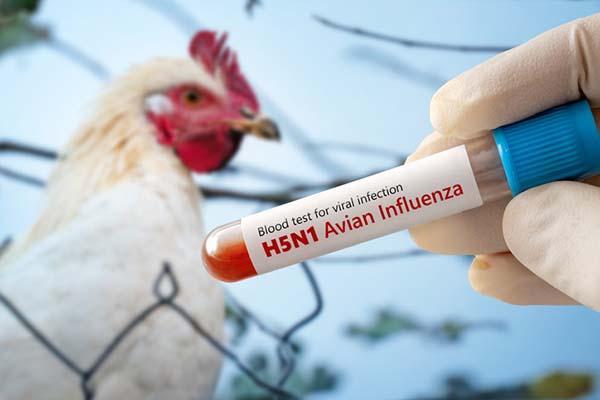Amid ongoing concerns about avian influenza outbreaks worldwide, a critical chapter of the bird flu narrative remains largely untold. In this exclusive feature, Scientific American delves into the lesser-known scientific and ecological dimensions of the disease, revealing surprising insights that challenge prevailing assumptions. As global health agencies intensify surveillance and response efforts, understanding these hidden aspects is crucial for shaping effective strategies against a virus with pandemic potential.
Unveiling the Hidden Transmission Pathways Behind Bird Flu
Recent investigations have shed light on the complex and often underestimated networks through which bird flu viruses traverse. Beyond the usual suspects – migratory birds and poultry farms – hidden transmission vectors include illegal wildlife trade, contaminated equipment, and even unsuspecting human activity. Research indicates that these overlooked pathways create overlapping webs, making containment efforts increasingly challenging. Moreover, environmental factors such as water sources shared by wild and domestic birds have emerged as critical hubs for viral spread, emphasizing the need for integrated surveillance strategies.
Scientists now stress the importance of evaluating indirect transmission scenarios to better predict outbreaks. A summarized breakdown below highlights primary hidden transmission routes and their impact on viral dissemination:
| Transmission Route | Description | Estimated Contribution |
|---|---|---|
| Illegal Wildlife Trade | Movement of birds outside regulated channels | 25% |
| Shared Water Sources | Natural and artificial water bodies attracting multiple species | 30% |
| Contaminated Equipment | Farm tools and vehicles transferring virus particles | 20% |
| Human-mediated Spread | Transport, sanitation lapses, and farm visits | 25% |
- Enhanced biosecurity measures must address these concealed routes.
- Cross-sector collaboration between wildlife conservation and agriculture is vital.
- Real-time data sharing can improve outbreak anticipation and response.
Why Current Surveillance Methods Fall Short in Detecting Outbreaks
Traditional surveillance systems rely heavily on manual reporting and laboratory diagnostics, creating significant delays between the emergence of an outbreak and official recognition. This lag time is critical, as diseases like bird flu can spread rapidly across poultry farms and even jump to humans before health authorities are fully aware. Furthermore, many surveillance networks are hampered by inconsistent data sharing and fragmented communication channels between veterinary, agricultural, and public health sectors, which further impairs timely intervention.
Modern outbreaks often evade detection due to several key limitations:
- Inadequate real-time data integration from remote and rural areas where outbreaks often start.
- Limited genomic sequencing capacity that hinders identification of viral mutations crucial for tracking spread.
- Scarcity of trained personnel dedicated to field surveillance and rapid response.
| Surveillance Aspect | Current Status | Needed Improvement |
|---|---|---|
| Data Timeliness | Delayed by days/weeks | Real-time reporting systems |
| Data Integration | Fragmented across agencies | Unified cross-sector platforms |
| Detection Methods | Primarily lab-based | Field-deployable rapid testing |
Critical Strategies Scientists Urge for Preventing a Global Bird Flu Crisis
Leading virologists and epidemiologists emphasize the urgent need to overhaul current surveillance systems to detect avian influenza strains before they evolve into human threats. They advocate integrated global monitoring networks that combine data from wildlife, agricultural, and human health sectors. This holistic approach aims to identify early viral mutations and transmission patterns, allowing for swift containment measures. Furthermore, experts stress the importance of enhancing biosecurity on poultry farms, focusing on limiting contact between wild birds and domestic flocks through improved sanitation practices and controlled environments.
In addition to monitoring, vaccination strategies tailored for both wild bird populations and domestic poultry are gaining strong support. Researchers recommend an emphasis on:
- Developing universal vaccines that target multiple strains simultaneously
- Implementing rapid vaccination protocols during outbreak signals
- Coordinating international efforts for equitable vaccine distribution
Collaborative policies combining scientific innovation with policy enforcement could drastically lower the risk of a widespread bird flu pandemic, experts warn. The table below showcases recent bird flu outbreak responses and their impact on transmission rates:
| Region | Response Initiative | Transmission Reduction |
|---|---|---|
| Southeast Asia | Farm Biosecurity Reinforcement | 42% |
| Europe | Wild Bird Vaccination Pilot | 28% |
